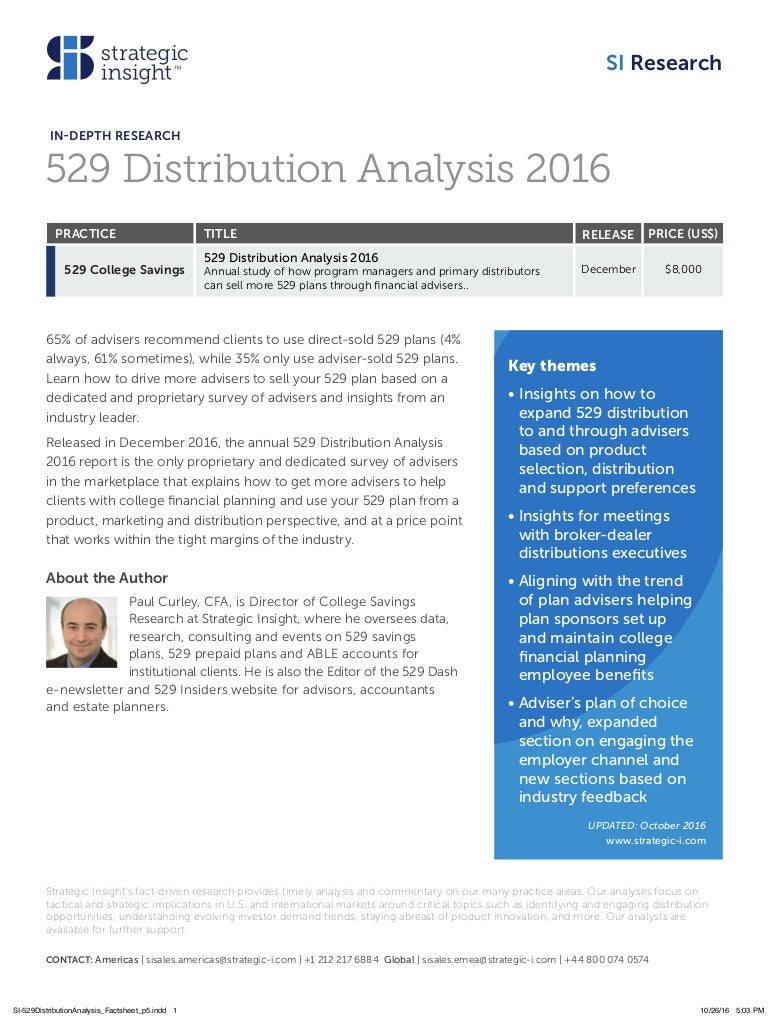
- #529 distributions rules how to#
- #529 distributions rules full#
- #529 distributions rules professional#
Or they may not need the money if they get a scholarship or some other financial aid. After all, the beneficiary may decide not to go to college. Learn how we can help you plan for your children’s education.A 529 account can be a useful addition to a financial plan for a child's education.īut these accounts sometimes can create uncertainty about what happens to the money used to fund them.
#529 distributions rules professional#
There are no limits to the number of 529 plans you can set up, but be sure to review the costs and expenses associated with setting up multiple accounts.ĥ29 plans as part of your overall financial planningĪs you’re determining which options are best for your children’s education needs, it may be worthwhile to consult with a financial professional to discuss strategies that will be most advantageous in meeting your goals over the long-term.


To simplify the investing and saving process, it may help to have a 529 plan dedicated for K-12 tuition and a separate one for college expenses. If your contributions only take into account the time horizon of college, your early withdrawals for K-12 tuition could possibly negate the growth potential of the contributions that are earmarked for later college expenses. Match your investments within the 529 plan to the time horizon for withdrawals for both, as the earlier K-12 expenses and the later college expenses will have different timelines. When planning, keep in mind the separate costs and different timelines for K-12 and college expenses.Īs you start off your savings, determine the total amount you’ll need to cover for both K-12 tuition and college expenses. This feature can be an effective strategy for long-term estate and gift planning, as the larger upfront gift helps to remove those assets from the donor’s estate and maximize compound growth inside the 529 plan.Ĭonsider opening dedicated 529 plan accounts
#529 distributions rules full#
This larger gift wouldn't be subject to the gift tax if the person who made the gift lives for the full five years. This essentially allows you to use five years of annual gift exclusions in one year.

If you withdraw funds for K-12 use and live in a state that doesn’t comply with the updates, you could be subject to state tax penalties or your ability to claim credits and/or deductions could be affected. One caveat to applying distributions towards K-12 education expenses is that not all states are compliant with the recent changes.

Assuming annual tuition costs of $10,000, a 5.5% school cost inflation rate and a 529 plan rate of return of 7.7%, your 529 plan would help cover 54% of your child’s total private K-12 tuition costs. You make an initial deposit of $15,000 and monthly contributions of $396 through 12th grade.
#529 distributions rules how to#
Note that the only qualified expense that is stated in the rules is “tuition.”Īs an example of how to use a 529 plan to pay for K-12 tuition, let’s say you open a 529 plan when your child is born. Find a financial advisor or wealth specialistįunds from 529 plans can be used for qualified K-12 tuition expenses, in addition to their traditional role in paying for college expenses.ĥ29 plan rules allow for up to $10,000 per year to be applied toward private elementary or secondary school tuition expenses.


 0 kommentar(er)
0 kommentar(er)
